Fast food has become a cornerstone of modern dining, but its roots trace back to humble beginnings that revolutionized how we eat. Some of the world’s oldest fast-food chains not only introduced the concept of quick service but also set standards that shaped the industry. From pioneering recipes to innovative business models, these trailblazers have left a lasting legacy. Here’s a closer look at the oldest fast-food chains, their unique histories, and how they continue to thrive today.
Jack in the Box
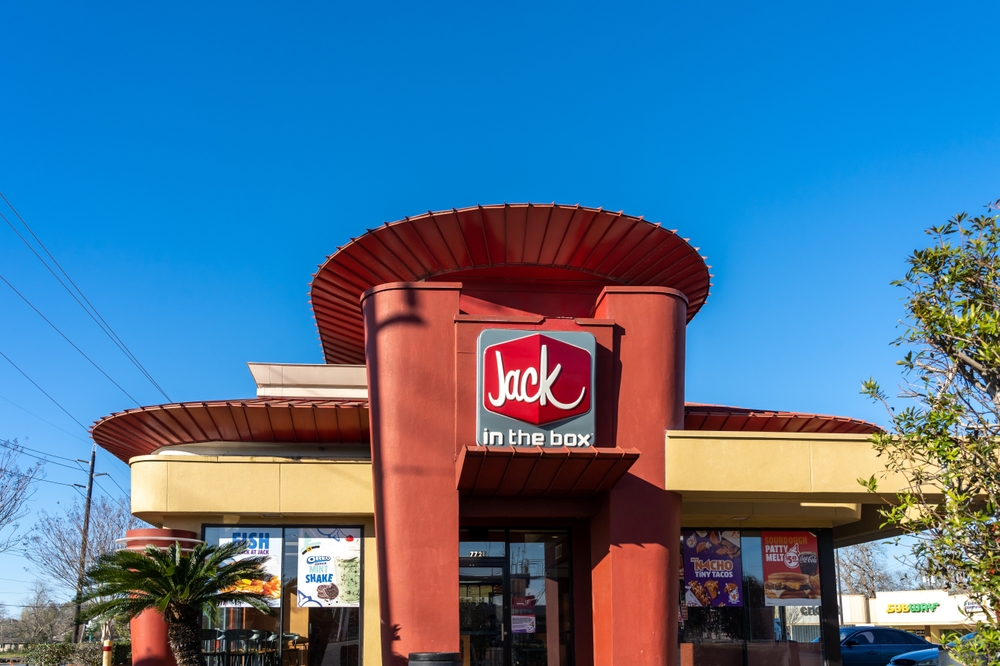
Jack in the Box was founded in 1951 by Robert O. Peterson in San Diego, California, as one of the first drive-thru-focused fast-food chains. The restaurant introduced a two-way intercom system, which revolutionized fast-food service efficiency. Its quirky clown mascot and diverse menu, featuring tacos, burgers, and breakfast items, quickly made it popular in the western United States. Franchising began in the 1960s, helping it expand to over 2,200 locations across 21 states. Headquartered in San Diego, it is known for its innovative advertising and eccentric brand identity. The introduction of late-night menus and all-day breakfast options has broadened its customer appeal. It continues to invest in technology, offering mobile apps and kiosks for a seamless dining experience.
Whataburger
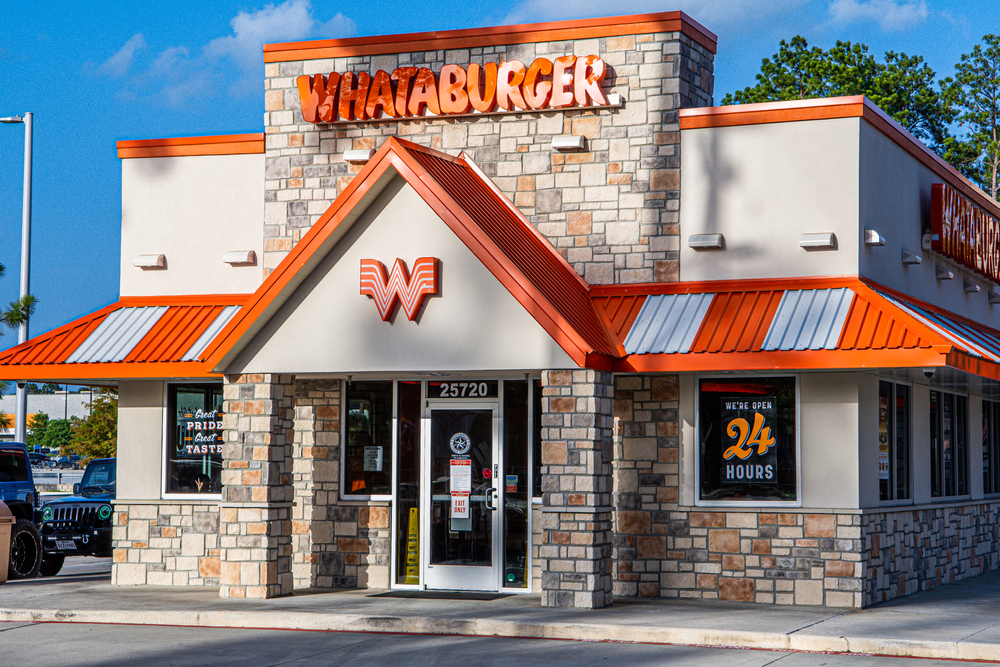
Founded in 1950 by Harmon Dobson and Paul Burton in Corpus Christi, Texas, Whataburger is renowned for its large, made-to-order burgers and orange-and-white-striped roofs. The first location served the namesake “Whataburger,” a burger so big it required two hands to hold. Franchising started in 1953, allowing the chain to grow into a regional powerhouse with over 890 locations, mostly in the southern United States. Its headquarters, now in San Antonio, Texas, oversees the company’s operations and strategic expansions. It has maintained its family-owned heritage despite selling a majority stake to a Chicago-based investment firm in 2019. Known for its customization options, the chain has cultivated a dedicated fan base, even inspiring “Whataburger-themed” weddings and merchandise. Its 24/7 service and breakfast menu add to its widespread appeal.
Dunkin’ (formerly Dunkin’ Donuts)
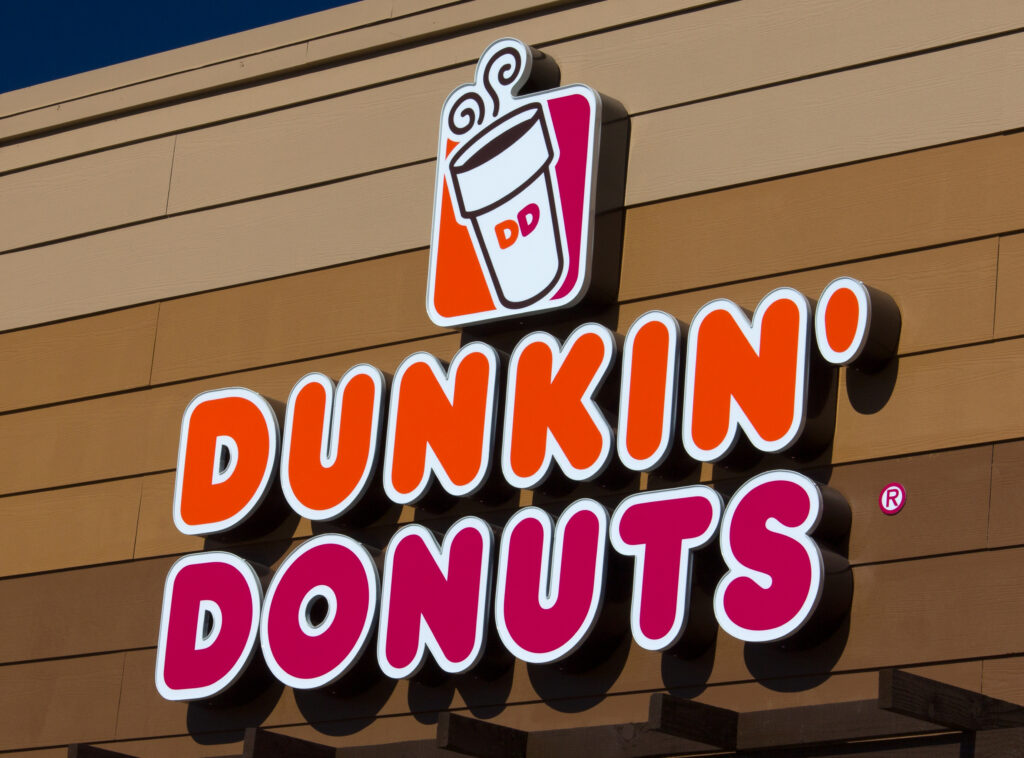
Founded in 1950 by William Rosenberg in Quincy, Massachusetts, Dunkin’ started as a doughnut and coffee shop named “Open Kettle.” It was renamed Dunkin’ Donuts in 1955, coinciding with its franchising efforts, which helped the brand rapidly expand. Known for its iconic slogan “America Runs on Dunkin’,” the chain specializes in doughnuts, bagels, and premium coffee beverages. It boasts over 11,000 locations in more than 30 countries, with its headquarters in Canton, Massachusetts. In 2019, the company dropped “Donuts” from its name to emphasize its broader beverage offerings. The brand’s introduction of seasonal favorites, such as pumpkin spice lattes, keeps it relevant to changing consumer trends. It has also embraced technology, introducing mobile ordering and delivery services to cater to its loyal customer base.
Dairy Queen
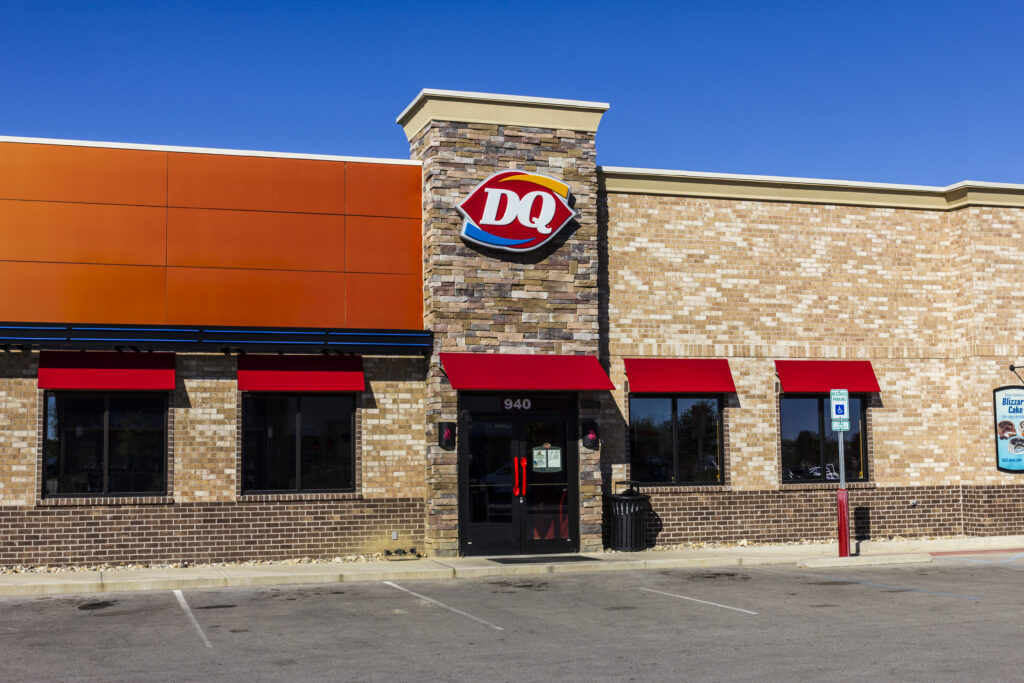
Dairy Queen, commonly known as DQ, was founded on June 22, 1940, in Joliet, Illinois, by John Fremont “J.F.” McCullough and his son Alex. The McCulloughs developed a soft-serve ice cream formula and partnered with Sherb Noble to open the first Dairy Queen store. The chain began franchising in 1940, leading to rapid expansion across the United States and Canada. Known for its signature Blizzard treats and soft-serve cones, it has diversified its menu to include burgers, hot dogs, and chicken strips. Today, DQ operates over 6,800 locations in more than 25 countries, with its headquarters in Minneapolis, Minnesota. It is known for its creative seasonal promotions and community-centered events. Its innovative approach has made it a global leader in the fast-food dessert industry.
Krystal
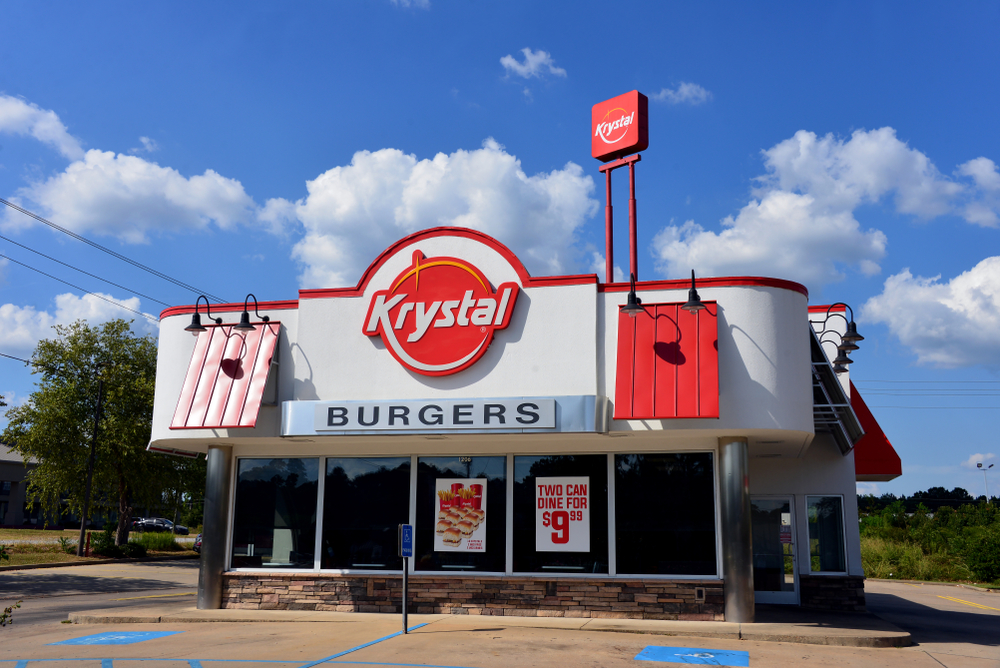
Established on October 24, 1932, in Chattanooga, Tennessee, by Rody Davenport Jr. and J. Glenn Sherrill, Krystal is the South’s oldest fast-food chain. The founders aimed to provide affordable, high-quality food during the Great Depression, leading to the creation of their small, square hamburgers. Its signature burgers are similar to White Castle’s sliders but are distinguished by their steamed-in onions and mustard. The chain expanded throughout the Southeastern United States and currently operates over 300 locations. Headquartered in Dunwoody, Georgia, Krystal is known for its late-night service and diverse menu, including breakfast items and chicken sandwiches. In 2019, the company filed for bankruptcy but emerged in 2020 under new ownership, focusing on revitalizing the brand. Its resilience and adaptability have solidified its place in fast-food history.
White Tower Hamburgers
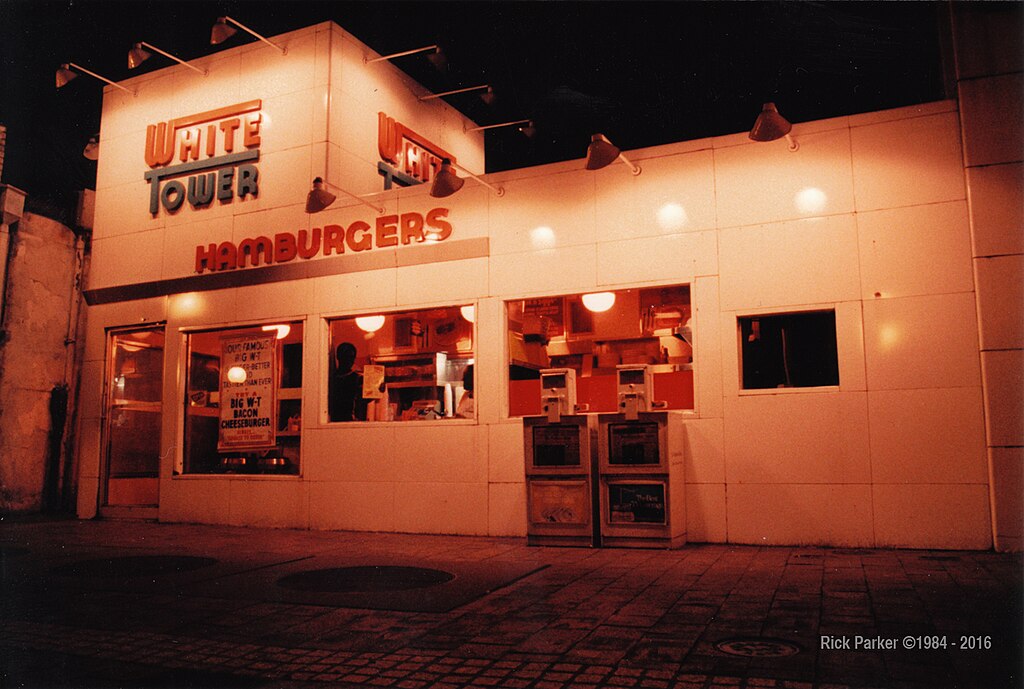
Founded in 1926 by John E. Saxe and his son Thomas E. Saxe in Milwaukee, Wisconsin, White Tower Hamburgers was inspired by the success of White Castle. The chain adopted a similar architectural style and menu, leading to legal disputes over trademark infringement. Despite these challenges, it expanded to over 230 locations across the United States by the 1950s. Known for its streamlined service and affordable prices, the chain became a popular choice for urban diners. However, competition and changing consumer preferences led to a decline, and by the 1970s, most locations had closed. Today, only a few original White Tower buildings remain, repurposed for other uses. Its legacy endures as a symbol of early fast-food innovation and urban American culture.
Kewpee Hamburgers
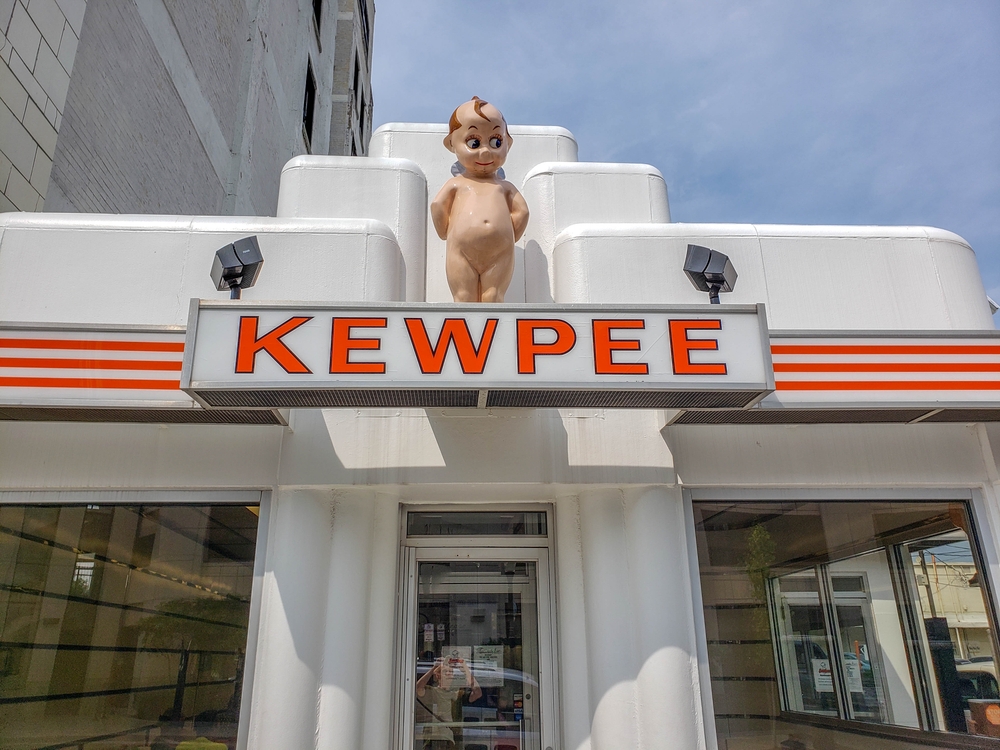
Kewpee Hamburgers traces its origins to 1923 in Flint, Michigan, making it the second-oldest hamburger chain in the United States. Founded by Samuel V. Blair, Kewpee became known for its square-shaped hamburgers and thick malt shakes. The chain’s name was inspired by the popular Kewpie dolls of the era, reflecting a playful and family-friendly image. At its peak before World War II, it operated around 400 locations. However, many closed during the war, and by 1967, the company transitioned to a franchise system. Today, only five Kewpee locations remain, primarily in Ohio. Despite its reduced footprint, it maintains a loyal customer base, cherished for its nostalgic charm and quality offerings.
White Castle
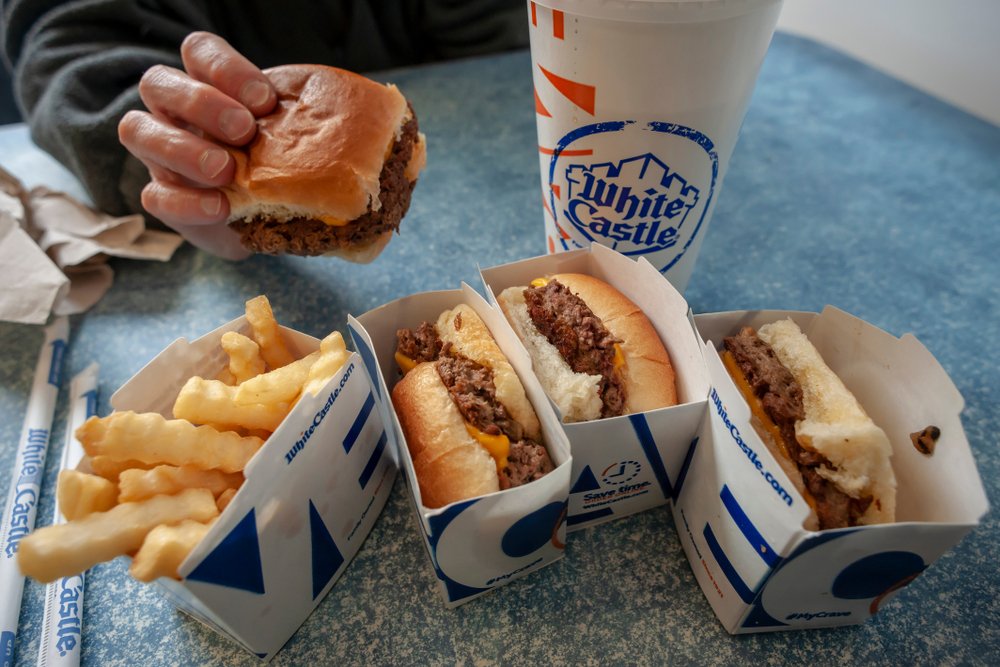
Established on September 13, 1921, in Wichita, Kansas, by Billy Ingram and Walter Anderson, White Castle is often credited as the world’s first fast-food hamburger chain. The founders introduced small, square hamburgers known as “sliders,” which were initially priced at five cents each. It pioneered the concept of standardized food production and cleanliness in the fast-food industry. The chain’s success led to rapid expansion, and it now boasts approximately 345 locations across 13 states, primarily in the Midwest and New York metropolitan area. Headquartered in Columbus, Ohio, White Castle remains a family-owned business. In 2014, Time magazine named the White Castle slider “The Most Influential Burger of All Time.” It continues to innovate, offering plant-based options like the Impossible Slider to cater to evolving customer preferences.
A&W Restaurants
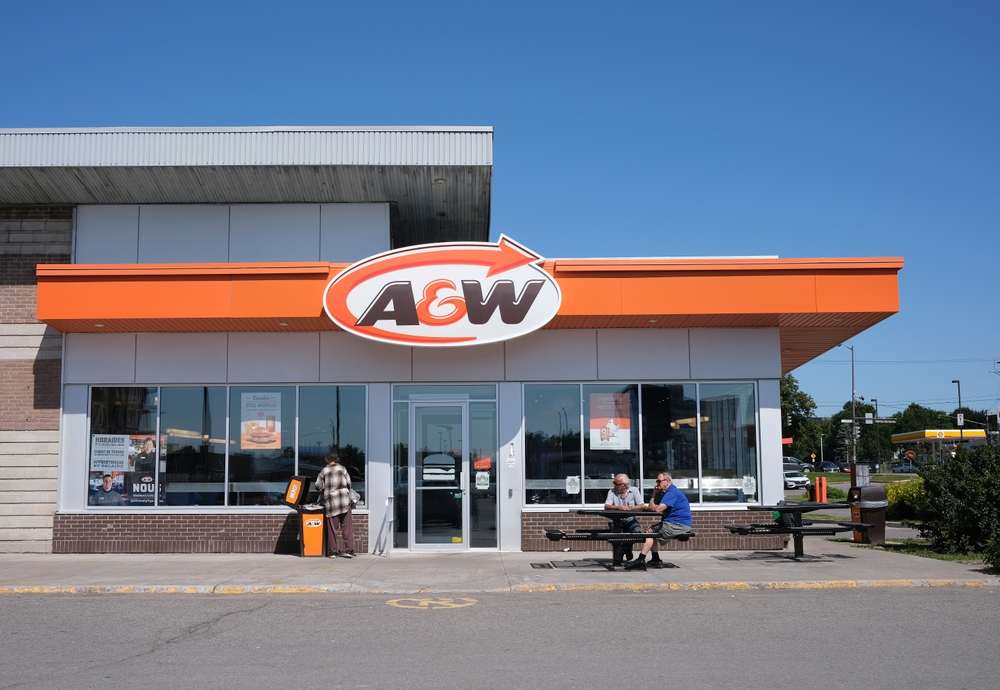
Founded on June 20, 1919, by Roy W. Allen in Lodi, California, A&W began as a root beer stand celebrating returning World War I veterans. Allen partnered with Frank Wright in 1922, leading to the establishment of the first A&W restaurant in Sacramento in 1923. The company started franchising in 1926, making it one of the earliest in the fast-food industry. Known for its signature root beer and “frosty mugs,” it expanded its menu to include hamburgers, hot dogs, and French fries. Today, it operates over 900 locations across the United States and Southeast Asia, with its headquarters in Lexington, Kentucky. It emphasizes a nostalgic dining experience, often featuring drive-in services reminiscent of its early days. Its commitment to quality and tradition has allowed it to remain a beloved brand for over a century.
Nathan’s Famous
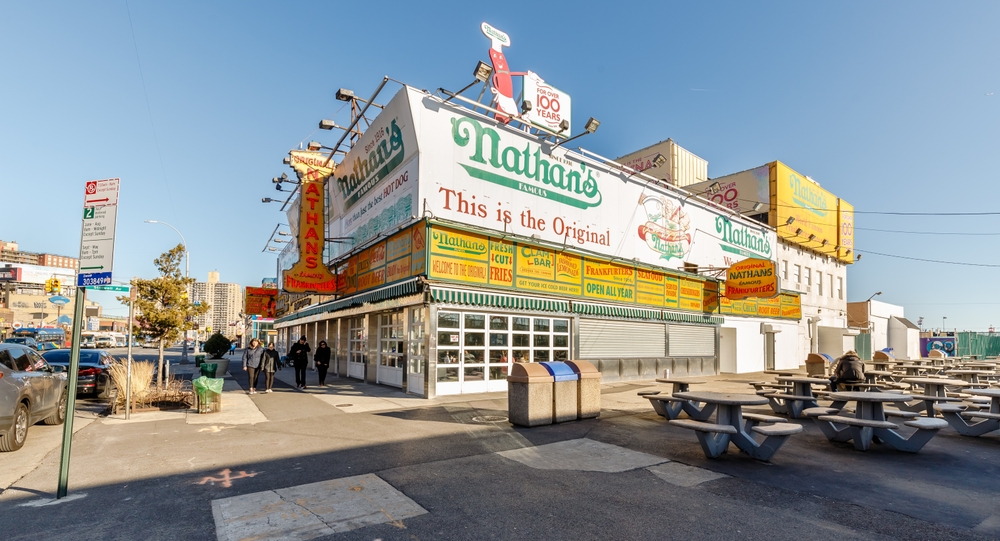
Nathan’s Famous was founded in 1916 by Polish immigrant Nathan Handwerker in Coney Island, New York. Starting as a small hot dog stand, he offered hot dogs at a price lower than his competitors, quickly gaining popularity among locals and tourists. The brand became renowned for its annual Fourth of July hot dog eating contest, which began in the early 1970s and continues to this day. Over the years, it expanded its menu to include a variety of fast-food items, but its signature hot dogs remain the cornerstone of the brand. Today, it operates over 300 locations worldwide, with its headquarters in Jericho, New York. It has also entered the retail market, offering its products in supermarkets across the United States. Its commitment to quality and tradition has solidified its place in fast-food history.
This article originally appeared on Rarest.org.
More from Rarest.org
10 Endangered Cultural Practices Preserved by Indigenous Tribes
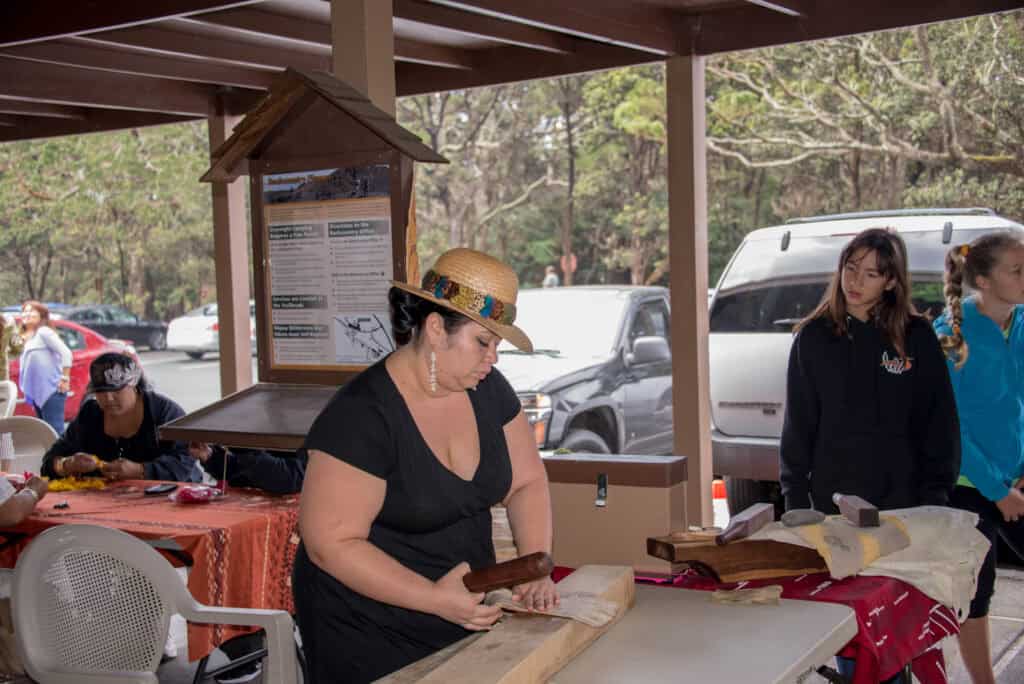
Indigenous tribes around the world hold a wealth of cultural practices that have endured for generations. Many of these traditions are at risk due to modernization, environmental changes, and external pressures. However, tribes continue to preserve these practices, ensuring that their heritage remains alive. Read More.
9 Enigmatic Deep-Sea Creatures That Glow in the Dark

The deep sea holds some of the most fascinating creatures on Earth, many of which have developed the ability to glow in the dark. These bioluminescent animals use their light-producing capabilities for a variety of reasons, including attracting prey, camouflage, or communication. Read More.
22 Unusual Insects Native to the World`s Most Remote Jungles

Deep within the world’s most remote jungles, some insects defy the imagination. These creatures are often stunning, bizarre, and unlike anything you might find in your backyard. Read More.
